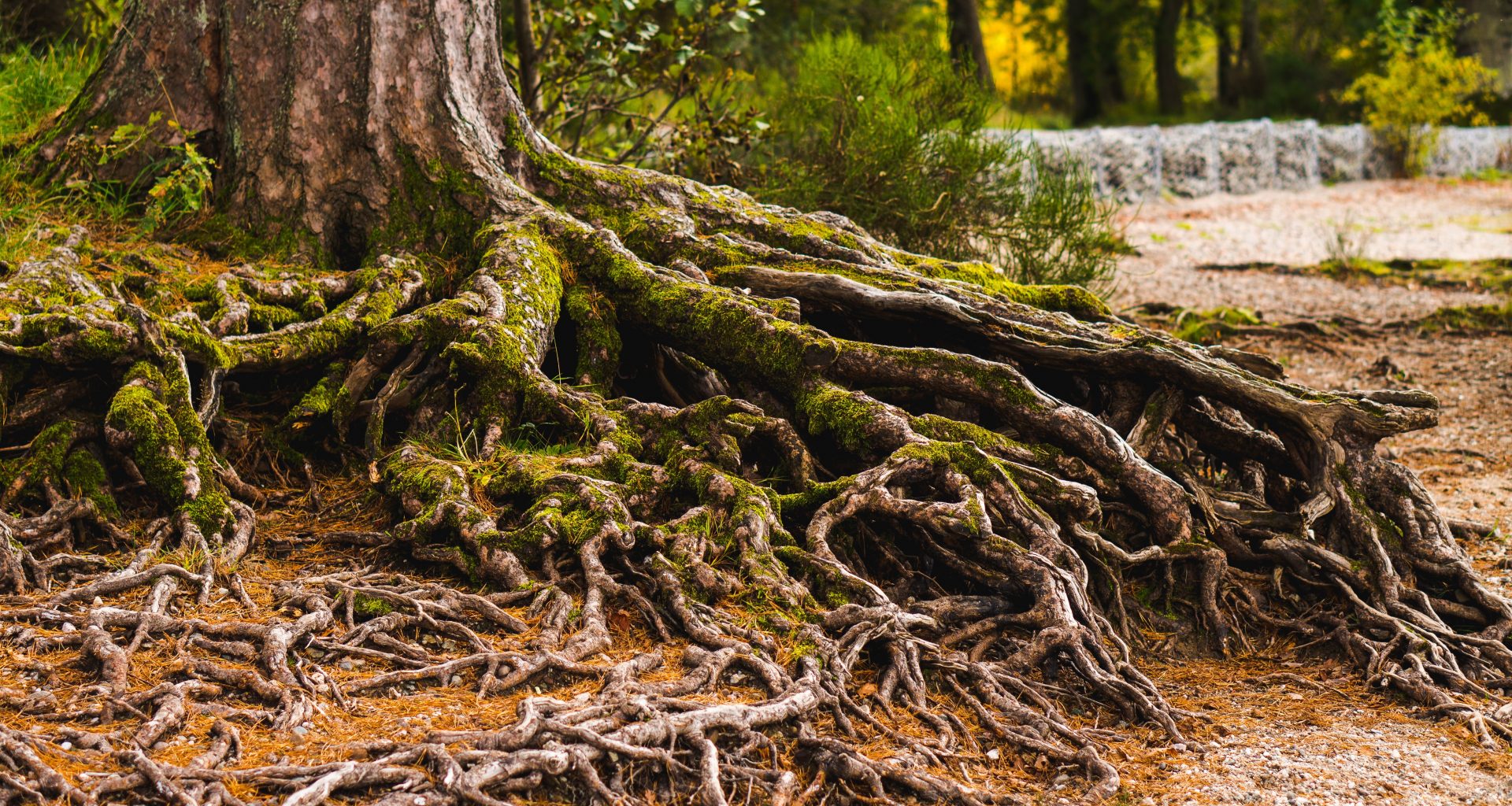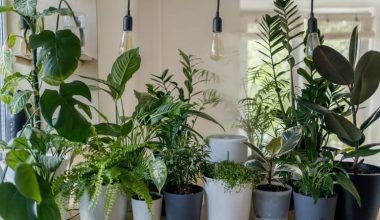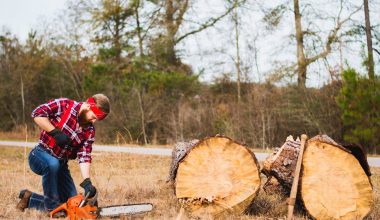In our many gardening articles on Workshopedia, we’ve not yet tackled root rot. It is a nightmare when your plants get it. Therefore, it’s important to know how to stop and treat it. Many gardeners are unfamiliar with the ideal treatments and preventative measures, despite it being so important.
Here, I’ll explain exactly what it is and why it occurs. Following this, I’ll tell you how to prevent and stop it damaging your plants with the best root treatments. Read on to find out more!
What Is Root Rot?
Root rot is a plant disease. Unlike other pests which damage plants, it is not a bug or insect. It can be found on any plant in your garden. There are a few simple reasons why it occurs. It’s also important to know how to identify it.
How Do Plants Get Root Rot?
Rotting roots are typically caused by waterlogged soil or some types of fungi. Plants that are in soil with poor drainage are prone to it. Overwatering or constant, heavy rainfall are big culprits for causing root rot.
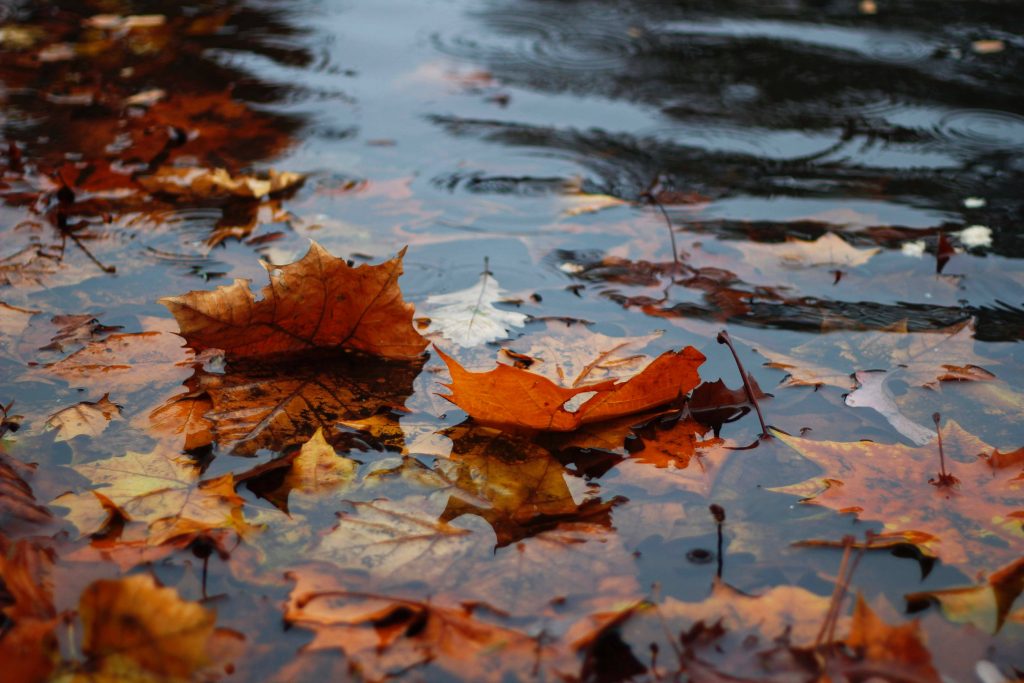
Roots need oxygen to grow. When soil gets waterlogged and ventilation is poor, the roots can die and rot. They are then useless to the plant. Additionally, a fungus called Phytophthora may grow in the waterlogged soil and this can also cause root rot. The plant will wilt and eventually die.
Identification
This plant disease is quite difficult to identify. Often, as roots are mostly underground, it can be hard to spot. Usually, the first signs a gardener will see will be damage to the plant’s leaves. It is sometimes too late by this point.
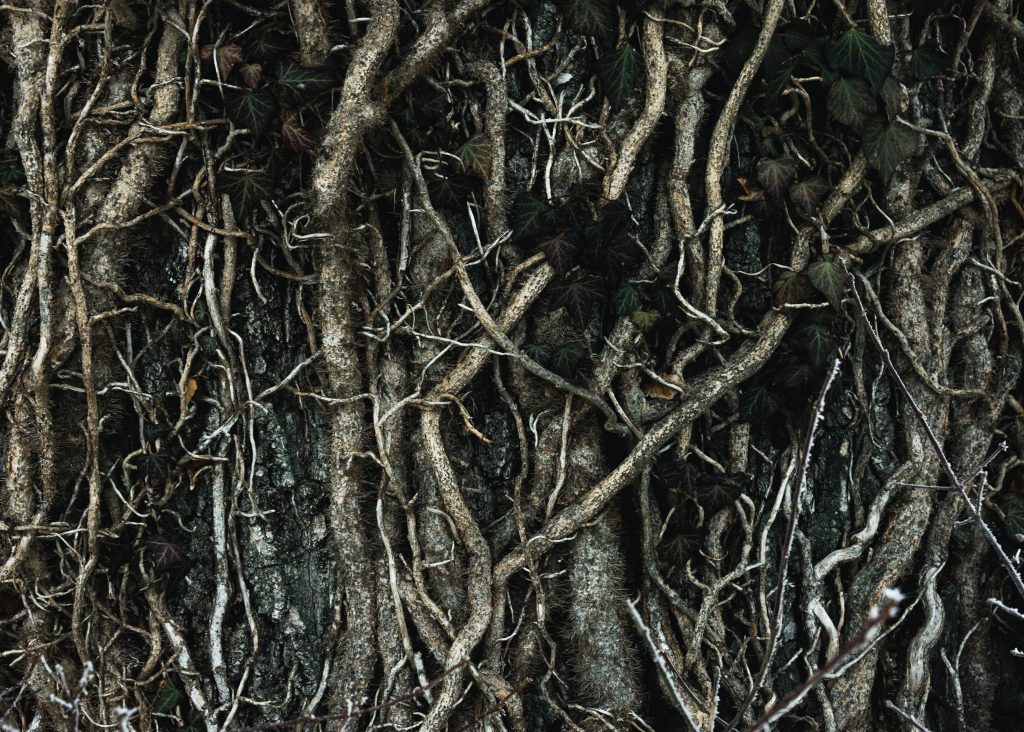
Keep an eye out for yellow leaves that may also be distorted or shrunken. The plant will look wilted overall. Inspect roots regularly to check for rot. If rotting, they will typically be darker than normal and smell rotten.
How To Stop And Treat Root Rot
Root rot is hard to repair once it has taken hold. However, some plants are easier to save than others. Smaller plants are more likely to pull through. You can remove them from the soil or their pots to cut off any rotten roots, wash the remaining roots, and re-plant them. This method also works with houseplants which are often very susceptible to rot.
Bigger plants, for example, root ball hedging or trees, will be harder to save. You can try to remove some damaged roots and aerate the soil. However, if it is badly afflicted already, the plant may die.
Preventative Measures
Although plants will be harder to save if they are already rotting, you can prevent rot in the first place. There are a few measures you can take to make sure your plants are happy and healthy.
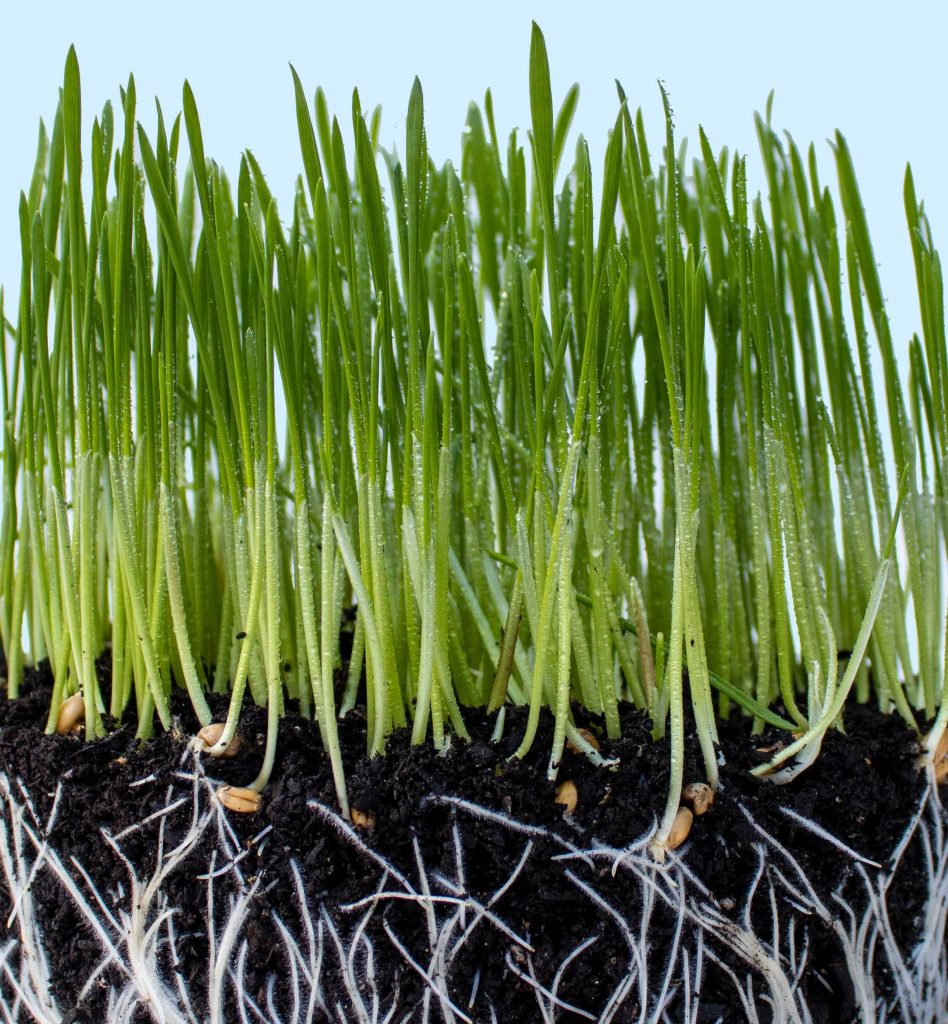
Selecting Plants Carefully
Plant choice is extremely important when it comes to preventing rot. If you have soil that holds a lot of water or live in a particularly rainy area, pick plants that are okay with poor drainage. You should also avoid plants that are prone to rotting. This includes things like Rhododendron, Yews, and Heather.
Don’t Overwater
Avoiding overwatering is another great way to prevent rotting roots. In rainy areas, it can be hard to do this. However, avoid watering when it has been raining. If you’re living somewhere drier, check out care instructions for your plants and water accordingly. If soil isn’t draining well or water is sitting on top, you’re probably giving the plants too much.
Aerate The Soil
Good oxygenated soil helps prevent root rot. We’ve already mentioned this, but read up on how to aerate your soil to give it enough oxygen.
